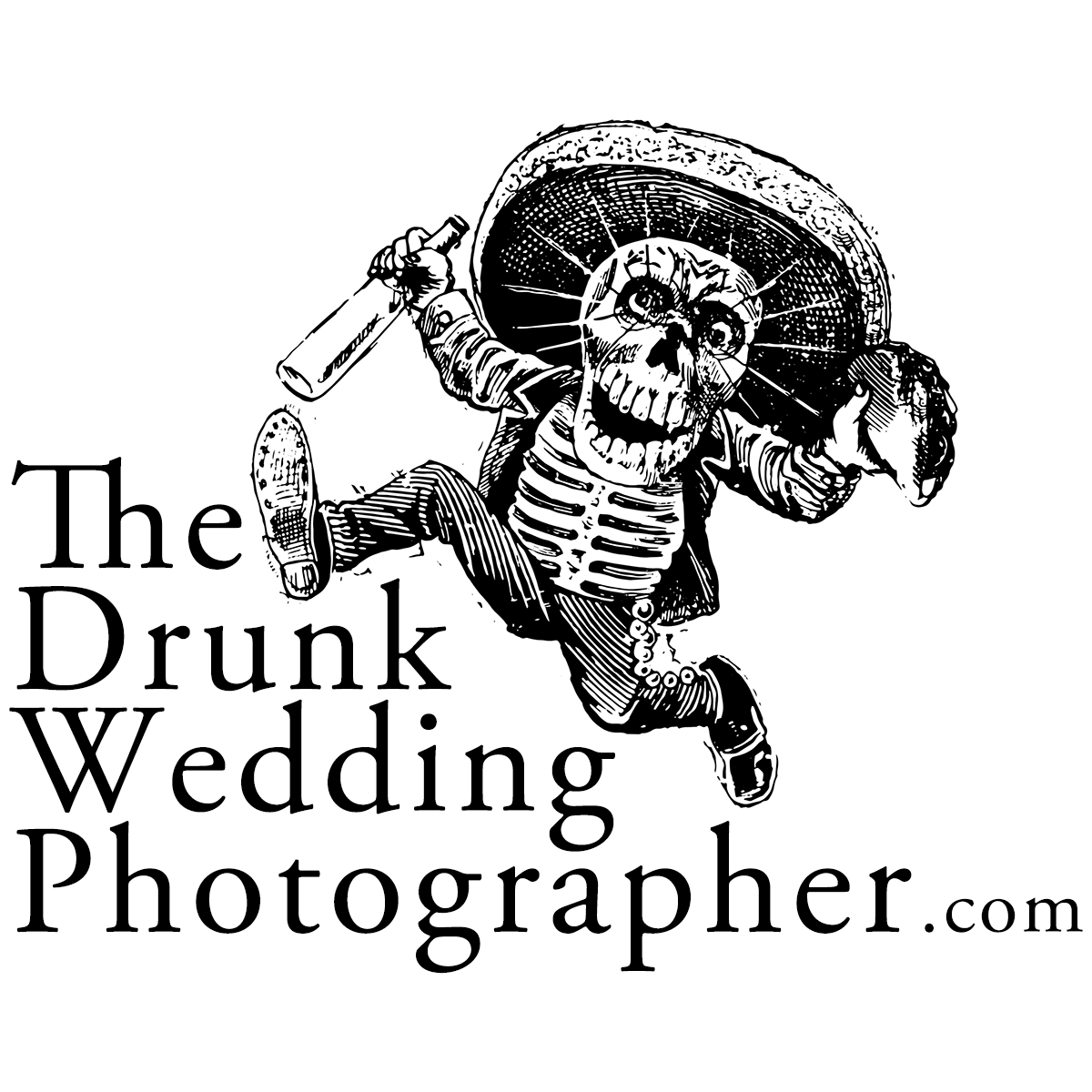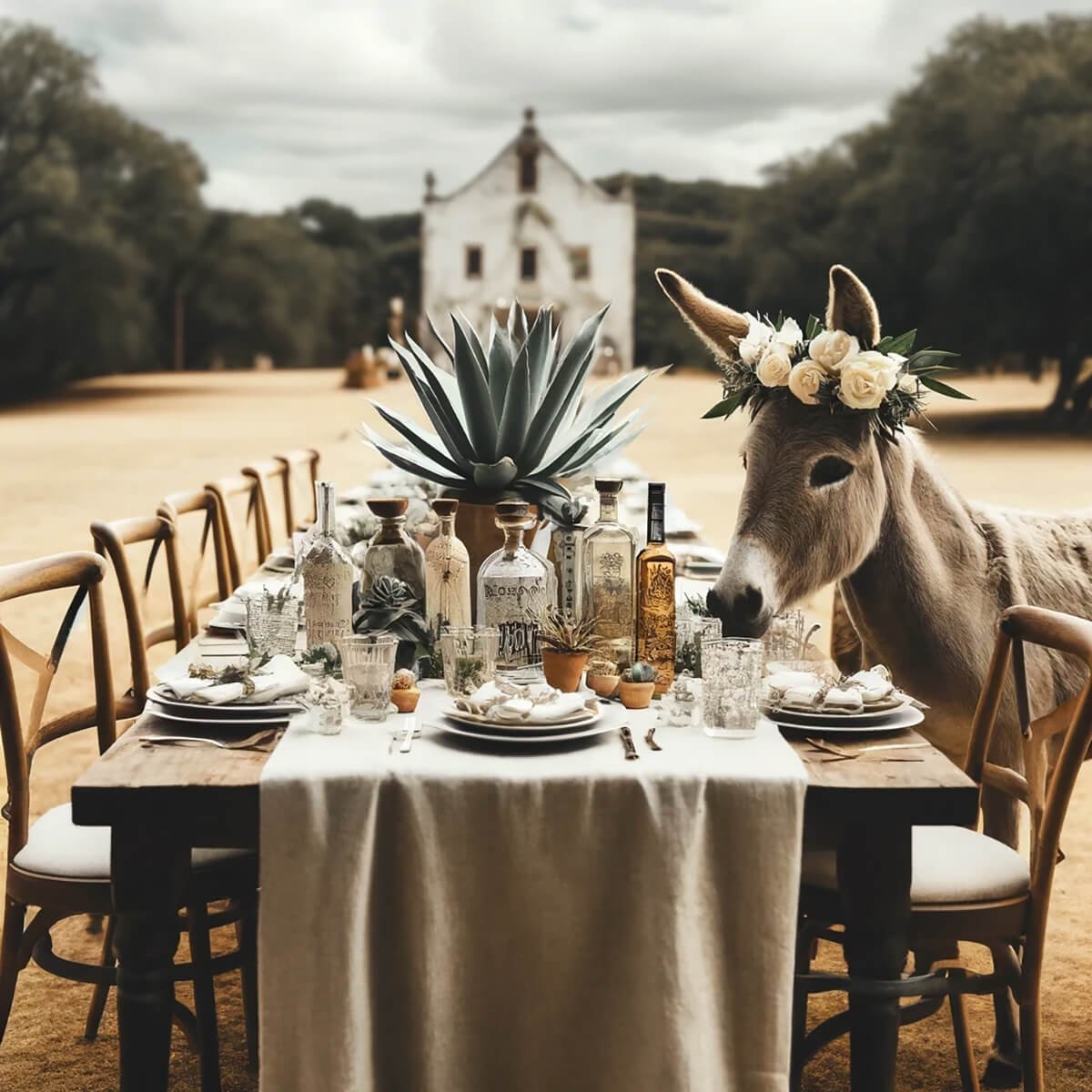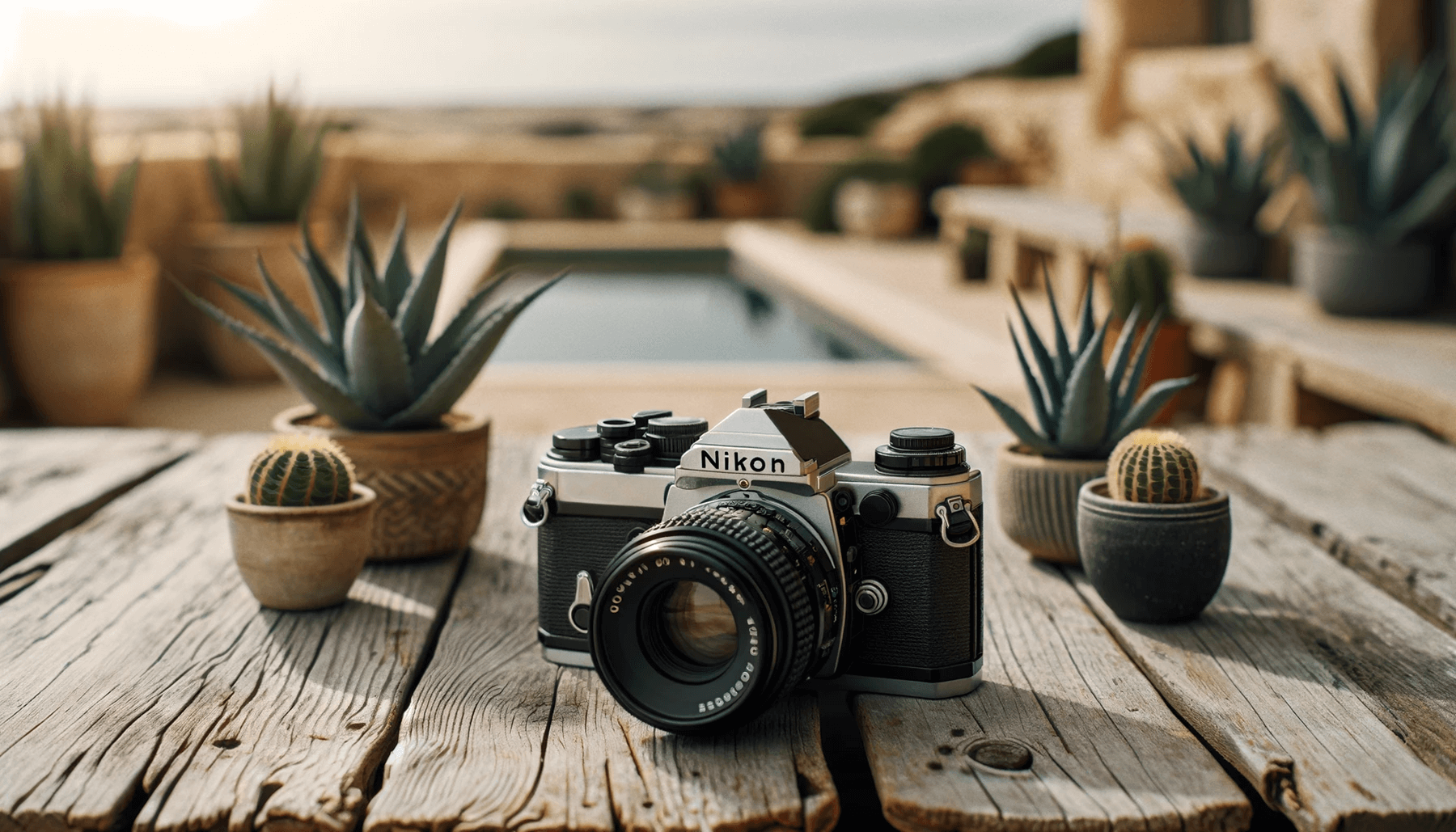A Love Letter to Nikon Vintage Film Cameras and DSLRs
Personal Anecdotes Using the Best Old Nikon Models Since 2004
Having worked in numerous camera stores over the years, I have come to an understanding that it takes at least five years of hands-on experience to fully appreciate a camera system. This deep engagement contrasts sharply with YouTube videos of quick judgments often formed from just a few hours of use or, worse, based on clickbait videos of pre-release models that flood our feeds. This discrepancy between rapid superficial assessments and the nuanced real-world understanding gained through prolonged use is a theme that resonates with my experiences both in my professional photography and personal everyday life.
As such, I've been using Nikon film and digital cameras for well over two decades, and I'm still discovering new features on models like the N75, which has been with me since 2004. Admittedly, I’ve been swayed at time or two by the loud voices on YouTube claiming, 'Nikon is dead' and felt pressure to switch to the likes of Canon or Sony. As they say, "say it loud and often enough, and it becomes true."
Doubt crept in, making me believe my work suffered due to my choice of Nikon. Thinking I wasn't booking the right clients because I didn't have the latest and greatest gear on hand. Even telling myself I wasn’t gaining an Instagram following because of it. However, looking back at the photos I took between 2010 and 2015, during my moments of doubt, I'm struck by their beauty and the creative inspiration they provide.
Thankfully, over the years I've learned to dismiss the notion that a photographer's worth is measured by social media followers. I realized that I value the appreciation of a few who truly understand and resonate with my work far more than the fleeting attention of millions. This reflection has strengthened my belief in refining my photography skills through self-plagiarism, underscoring that the essence of photography lies in personal growth. More importantly, I've learned to turn off the noise of self-doubt and the so-called imposter syndrome, made prevalent by the overwhelming amount of quick consumable media.
This is Not a Technical Long-Term Review
While this is by no means a definitive technical review of Nikon cameras and specifications, I will occasionally geek out—there’s no getting around it. Instead, what follows is a recollection of personal anecdotes with the Nikon brand throughout the years beginning in 1995.
But before you click away, I’ll leave you with this: Nikon cameras and Nikkor lenses are tough as nails. In my twenty years of ownership, Nikon cameras have never failed me once and I never had to send any of them in for service. Their practical, intuitive, and timeless design has influenced my approach to photography, emphasizing simplicity. I trust my Nikon cameras to perform time and time again, allowing me to focus on what's in front of me. And because Nikons have been built to last with exceptional Japanese craftsmanship, they will surely outlive me well after I’m gone.
With that, let’s begin with the Nikon cameras I consider the crème de la crème among all Nikon cameras.
The Best Old Nikon Vintage Camera Models
The following Nikon cameras are in my opinion the best of the best with an honorable mention to the F5 and Df. How I made my decision quite simply revolves around four specific features found in the handful of models introduced between 2004 and 2009:
Closest-Subject Priority Auto Focus Mode with the AF Mode Selector, exclusively in the:
N75, F6
D2X, D2Xs, D2H, D2Hs
D3, D3s, D3X
D700
D200, D300, D300s
In addition to the AF-Assist Illuminator with built-in Speedlight, found in the:
N75, D200
D300, D300s
D700
Why These Four Nikon Exclusive Features Matter to Me
While yes, I’m aware the N55, N65, N80, F100, D1X, D1H, D40, D40x, D50, D60, D70 and D70s do in fact have Dynamic AF with Closest-Subject Priority and a pop-up flash—excluding the F100, D1X and D1H. They lack the AF Mode Selector, making the feature practically useless forcing me to navigate through the custom menu system when I must switch between autofocus modes quickly with fast-moving subjects like my chickens.
Likewise, many Nikon cameras with pop-up flashes either lack the AF-Assist light or the Closest-Subject Priority AF mode, needing an external flash with an infrared light for autofocusing in low-light conditions. It’s worth noting this feature was reengineered and renamed either Dynamic Area AF or Auto Area AF starting with the D90 in mid 2008. However, in my opinion, it was made useless compared to Closest-Subject Priority for my workflow.
Making the N75, D200, D700, D300, and D300s the crème de la crème among all Nikons, incorporating all four essential features I rely on. With the D700 standing out as the pinnacle Nikon DSLR, thanks to its unicorn Panasonic (Matsushita/Renesas) sensor.
And look, I’m not saying other Nikon cameras, from the legendary F series to the state-of-the-art Z9, are inadequate or fall short. Far from it. Because photography, much like cooking, is deeply personal. Give the same recipe to five people, and you’ll get five distinct methods of preparation and presentation. As such, I’ve relied on these four features over the years, they've even saved me a time or two while piss drunk photographing weddings and birthday parties—ain’t even gonna lie. That’s why I consider these Nikon cameras to be the best of the best, truly legendary. But you’ll see what I mean in my personal, albeit scattered, anecdotes going forward.
Nikon's New Era with RED Digital Cinema — 2024
It’s no secret Nikon has often been the target of ridicule since the mid-2000s. Even with Nikon's acquisition of RED in early 2024, the mainstream still seems hesitant to give them their due credit. However, those who openly mock Nikon have likely never experienced what these cameras have to offer. Either by regurgitating the negative opinions of so-called influencers or hastily forming judgments based solely on specifications. A dismissive attitude overlooking the storied legacy of Nikon, once the hallmark of Olympic, wildlife photographers, and photojournalists around the world—a distant memory of the grandeur Nikon once represented.
Will this move be a turning point for Nikon? Who knows—only time will tell. The 'experts' on YouTube claim the RED acquisition is dead on arrival, dismissing it as a mere continuation of Nikon's past 'failures.' Even suggesting RED is just as much of a 'potato' as Nikon is suddenly. Cue the eye roll here.
Personally, I'm excited about Nikon’s new venture into proper cinema. Although this move won't impact me directly since I'm not a videographer, I do record the occasional family video with a 2012 Olympus EM-1 and a vintage Sony Handycam. So I'm eager to see what innovations will emerge in the Z mirrorless lineup—hopefully, they'll introduce a compact video cam with a robust stabilizer, akin to the EM-1.
And as I admitted earlier, there was a time I agreed with the YouTube critics. But because I was dirt poor (still am), I couldn’t afford to ditch the few pieces of gear I had to invest in a new system, especially when film cameras were selling for peanuts—sometimes you couldn’t even give them away. However, I'm glad I stuck with Nikon after all these years since that day in 1997 when I saw my first Nikon camera on the big screen.
The Lost World Jurassic Park — 1997
For as long as I can remember, I have had a deep admiration, respect, and love for cinema; in fact, the first movie I remember seeing was 'Critters.' We didn’t even have a TV then, so I don’t remember where I saw it or how old I was, but I’m sure I was between three or five because we moved to Los Angeles from Oaxaca when I was five-six. I’ll even embarrassingly admit that I used to play with the knock-off Hot Wheels my mom bought from the local swap meet toy shops on Alvarado Blvd, pretending I was the T-rex or the tornado from 'Jurassic Park' and 'Twister,' using the cars as props in my own versions of the scenes.
And it wouldn’t until 1997, at ten years old and in 4th grade, when I sat in a Huntington Park movie theater on Pacific Blvd watching 'The Lost World: Jurassic Park,' that I would see my very first Nikon cameras. The Nikon F5 and F100 to be exact, both used by the Julianne Moore and Vince Vaughn characters. During the same scenes, I also noticed the rugged Domke camera bags slung over their shoulders. The bag became iconic to me, as it was Dr. Sarah Harding's (Julianne Moore) lucky bag that saved her life twice in the movie. And that’s when I knew I wanted to be a National Geographic photographer, abandoning my initial childish inspiration of becoming a filmmaker.
My Friend, You Need New Shoes, Not a Camera — 2003
While I didn’t completely abandon my dream of being a filmmaker—I even borrowed my uncle’s Hi8 Sony Handycam to record typical high school antics—I soon realized making movies required was a team effort and as we all know, teenagers are not a reliable bunch, so I pivoted to taking pictures instead. And in 2003, when I was about fifteen 10th grade, I persuaded my reluctant stepdad to buy me a Sony PC, partly as a pretext for eventually acquiring a digital camera. To my surprise, he agreed, and I got a Kodak point-and-shoot digital camera, the Easyshare DX6340, which cost around $350, a hefty sum at the time. Even came with a little dock able printer. Both camera and computer were purchased at our "local" Best Buy in Sawtelle.
This camera served me well at school (George Washington Preparatory High School), despite the administration’s rules against bringing electronics. Before this, I managed with a Kodak disposable camera, easily getting prints from my local Sav-On. However, the Kodak digital camera was not built to last, showing wear after just a year. And as my high school graduation approached, I convinced my mom to buy me a 'real' camera as a graduation gift. She agreed.
I first lurked through the electronics stores along Broadway Blvd in Downtown L.A. even ditching class with friends a time or two. And in one shop, to my embarrassment and my friends’ amusement, a clerk quipped, "My friend, you don’t need a new camera; you need new shoes" after noticing my severely worn-out Chucks with holes.
And while I didn’t have a specific brand in mind at first, I knew I wanted a Nikon, inspired by seeing them in Jurassic Park. After several fruitless visits to different stores in DTLA, I took my mom’s advice and checked out the camera shop in the Fox Hills Mall in Culver City, a place we often visited for lunch after church on Sundays. And I hate to admit it, but I never noticed a camera shop at the mall, nor did I realize Ritz Camera even existed. Was this oversight foreshadowing my eventual employment at Ritz Camera, or perhaps it was a premonition of their eventual fall from grace? Who knows. But it seems my mom did, because just a year later, she would suggest I apply to work at Ritz after an unsuccessful first job hunt right out of high school.
Online Shopping Kinda Sucks Now
I once heard that your home is nothing more than a fancy storage unit to keep all the trash you've collected over the years. As I’ve gotten older, I’ve come to terms with the idea. Not saying I’m an illogical minimalist who got rid of all my possessions overnight, nor am I saying I’m a crazy hoarder either. Truth be told, I never owned much to begin with, with everything fitting in either my 89’ Mercedes E300 or 2001 Volvo S60 the couple times I’ve moved around. And with each move, I've either lost or sold many possessions, including cherished childhood items, to either make room or simply pay the rent.
However, there are a few things I will never part with treasured by the memories of how and why I bought them in the first place. Vividly remembering the anticipation of the bus ride over, nervously walking into the store and with my shaky voice asking the clerk for my long-coveted item tucked away behind the counter. Then the absolute joy of watching my purchased being bagged, receipt casually tossed in, proudly walking out of the store bag in hand anxiously wanting to get back home quickly to admire and slowly unbox my purchase.
One unforgettable in-person purchase experience was none other than my first Nikon film camera, the N75 in 2004. A feeling, sadly, I have not experienced in many years, replaced by the convenience of both Amazon and eBay.
Shoot thru a month from now, I’ll have the rest of the story written by then. 🤓


















Year round out of the box locations to propose to your fiancé in Los Angeles.